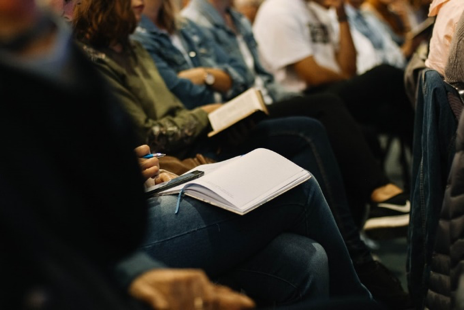Sara Zarriello
Research shows that the classroom doesn’t have to be strictly black and white to be effective. In fact, having a bit of grey could transform the experiences of not only students but teachers too.
The overwhelming understanding from educational professionals in Australia is that creativity is an important aspect of learning.
In 2020, the Australia Council for the Arts released the Cultivating Creativity: A study of the Sydney Opera House’s Creative Leadership in Learning Program Report. The study investigated the three year Creative Leadership in Learning Program set by the Sydney Opera House to introduce artistic and creative resources and processes into, “school eco-systems by increasing creativity, communication, collaboration and curiosity in teaching and learning.”
The feedback on the program has been overwhelmingly positive from both teachers and students. Andrew Walsh, a Teacher from Casula High School states, “[the program] has revolutionised teaching and learning at Casual High School… the potential benefits to the teachers and students are limitless.”
Studies show that creative thinking leads to innovation and effective problem solving. The broadening of children’s minds to think deeper about the world around them and their own ideas is being embraced by the Federal Government too.
John Munro, an educator, released a report in 2019 commissioned by the NSW Department of Education titled Creativity in education: What educators need to know which worked to evaluate creative thinking, measure it and assess it in the school system.
The report points out that the arts is not the only space in which creative thinking thrives for students. STEM subjects, including mathematics, economics, as well as history inspire students and teachers to think creatively.
The intersection between creative thinking and critical thinking is the sweet spot. The Australian Curriculum focuses specifically on integrating the two to maximise the benefits of both trains of thought. The findings show that the motivation for students to learn is heightened when they are given the creative and critical developmental freedoms to process knowledge and put it into action. Although in the past, thinking more abstractly in the classroom was disregarded, thinking “grey” could be the answer to solve current and future world issues. Watch this space.












